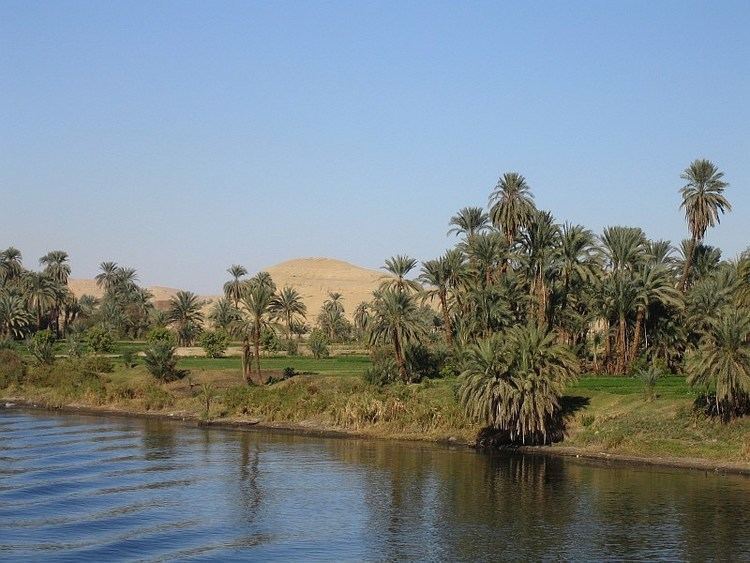 | ||
This is a list of the longest rivers on Earth. It includes river systems over 1,000 kilometers.
Contents
Definition of length
There are many factors, such as the source, the identification or the definition of the mouth, and the scale of measurement of the river length between source and mouth, that determine the precise meaning of "river length". As a result, the length measurements of many rivers are only approximations (see also coastline paradox). In particular, there has long been disagreement as to whether the Nile or the Amazon is the world's longest river. The Nile has traditionally been considered longer, but in recent years some Brazilian and Peruvian studies have suggested that the Amazon is longer by measuring the river plus the adjacent Pará estuary and the longest connecting tidal canal.
Even when detailed maps are available, the length measurement is not always clear. A river may have multiple channels, or anabranches. The length may depend on whether the center or the edge of the river is measured. It may not be clear how to measure the length through a lake. Seasonal and annual changes may alter both rivers and lakes. Other factors that can change the length of a river include cycles of erosion and flooding, dams, levees, and channelization. In addition, the length of meanders can change significantly over time due to natural or artificial cutoffs, when a new channel cuts across a narrow strip of land, bypassing a large river bend. For example, due to 18 cutoffs created between 1766 and 1885 the length of the Mississippi River from Cairo, Illinois, to New Orleans, Louisiana, was reduced by 218 miles (351 km).
These points make it difficult, if not impossible, to get an accurate measurement of the length of a river. The varying accuracy and precision also makes it difficult to make length comparisons between different rivers without a degree of uncertainty.
List of rivers longer than 1000 km
One should take the aforementioned discussion into account when using the data in the following table. For most rivers, different sources provide conflicting information on the length of a river system. The information in different sources is between parentheses.
Notes
Amazon-Congo
The Amazon basin formerly drained westwards into the Pacific Ocean, until the Andes rose and reversed the drainage.
The Congo basin is completely surrounded by high land, except for its long narrow exit valley past Kinshasa, including waterfalls around Manyanga. That gives the impression that most of the Congo basin was formerly on a much higher land level and that it was rejuvenated by much of its lower course being removed. Before Gondwanaland broke up due to continental drift, the Congo would likely have flowed into the Amazon.
West Siberian Glacial Lake drainage
This river would have been about 10,000 km (6,200 mi) long, in the last Ice Age. Its longest headwater was the Selenga river of Mongolia: it drained through ice-dammed lakes and the Aral Sea and the Caspian Sea to the Black Sea.
Lobourg
During the last glacial maximum, much of what is now the southern part of the North Sea was land, known to archaeologists as Doggerland. At this time, the Thames, the Meuse, the Scheldt, and the Rhine probably joined before flowing into the sea, in a system known by palaeogeographers as the Loubourg or Lobourg River System. There is some debate as to whether this river would have flowed southwest into what is now the English Channel, or flowed north, emerging into the North Sea close to modern Yorkshire. If the latter hypothesis is true, the Rhine would have attained a length of close to 1,650 kilometres (1,030 mi). The former hypothesis would have produced a shorter river, some 1,400 kilometres (870 mi) in length. Current scientific research favours the former opinion, with the Thames and Rhine meeting in a large lake, the outflow of which was close to the present-day Straits of Dover.
